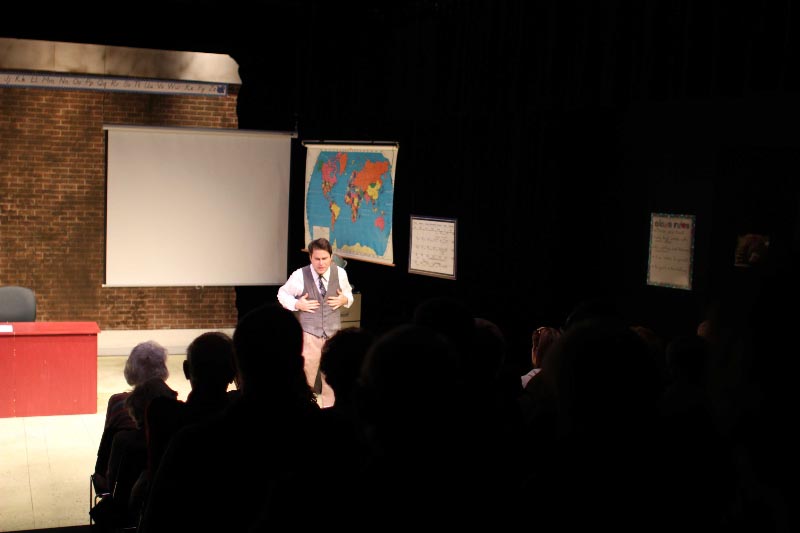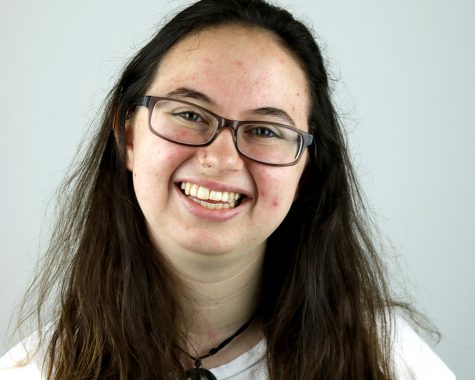Eastern has provisions in place in case of shooting
March 2, 2018
There have been, on average, five school shootings a month since 2014, according to The New York Times, a fact which has not left America’s schools and universities untouched.
Kent Martin, chief of the University Police Department, said responses to active shooter situations, and other crisis situations, are being updated and practiced often at Eastern.
“We are constantly reviewing and analyzing what we already have in place, as well as examining things we might need to put in place, whether it be written policies or industry standards or case law,” Martin said.
He said the UPD is working with the Charleston Police and Fire Departments, as an active shooter situation would need a large response involving many different agencies.
If such a situation were to occur, Martin said a message would be sent out as soon as possible to students and faculty to alert them of the danger, while the Police Department would focus specifically on stopping the shooter as quickly as possible.
“The university will make notification as to what’s going on, but students and staff and everybody needs to understand it takes a little bit of time for that message to get composed, and for me to become aware and to notify people up through my chain,” Martin said. “Statistically, through active shooter events that have happened in the past, there’s typically about four casualties per minute. So our focus is getting there as soon as possible and neutralizing the shooter.”
For people caught in that situation, Martin said the best course of action is to evacuate the scene as quickly as they can.
If that is not an option, people should barricade themselves and create obstacles between them and the shooter, both of which are skills taught in ALICE training courses.
ALICE stands for Alert, Lockdown, Inform, Counter and Evacuate. According to the official ALICE training website, it works to “increase your children’s and employees’ odds of survival during a violent intruder event.”
People should not dismantle the barricade until an Alert EIU message goes out saying it is safe, Martin said.
Abby Benson, a sophomore elementary education major and a desk assistant in Andrews Hall, said all staff members in the residence hall received training on crisis situations. Although not as in-depth as an ALICE training course, Benson said it still made her feel prepared.
“We come here early, we go through training and they tell us what to do (in an active shooter situation),” Benson said. “I feel like I would definitely be scared, but I would try and keep my calm and my cool, (and) I would know what to do.”
Martin said being aware of one’s surroundings is always a good idea, no matter the situation. This comes more from practice than from any one training session, he said.
“My advice to anyone would be to think about what may happen in a situation like this before, and to be aware of your surroundings and to be aware of different entrances and exits, different ways that you may get out of your office or get out of your classroom. You don’t have to dwell on it to the point that it cripples you with fear and you’re afraid to do anything,” Martin said. “If you can just be cognizant of some of these things ahead of time, then if you find yourself in this situation, you’re going to be more prepared to react.”
Lynette Drake, interim vice president for student affairs, said ALICE training is an important part of being prepared for such a situation, and the university is working on increasing the amount of people who have taken an ALICE training course.
“One of the things that we’ve talked about is offering ALICE training more readily to our student population. We’ve been doing quite a bit of training for the staff at the university, so they would know what to do and how to direct students in a situation,” Drake said. “We realize we want to take that to students so they have the opportunity to participate as well.”
Katie Gray, an elementary and middle level education major, said a shooting at Eastern is not something she actively worries about.
“The (school shooting) in Mattoon really freaked me out since it was so close, and kind of puts it into perspective that it can happen to anyone,” Gray said. “I do think (though) that EIU has a really safe campus, so I don’t think it would be a problem necessarily here.”
Anyone looking for more information on what to do in this situation can contact Martin at kdmartin@eiu.edu.
Brooke Schwartz can be reached at 581-2812 or at bsschwartz.eiu.edu.


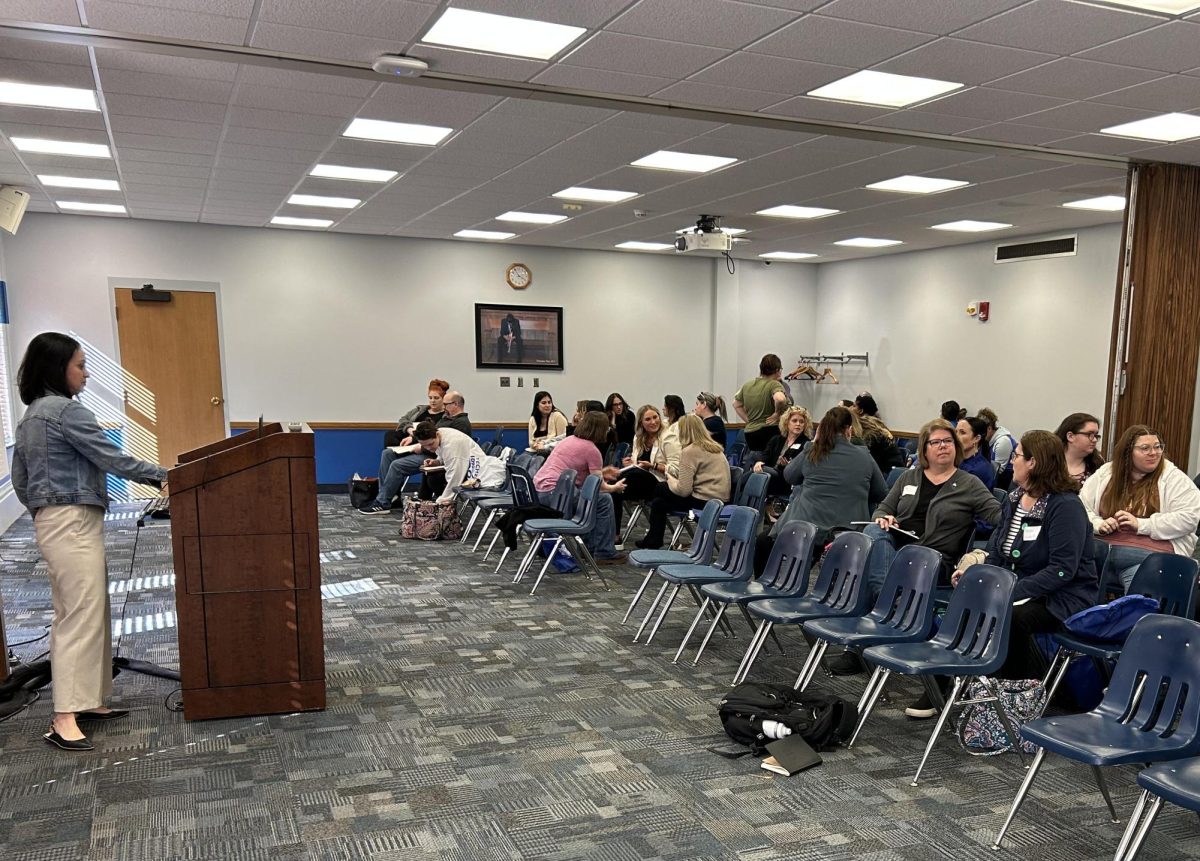


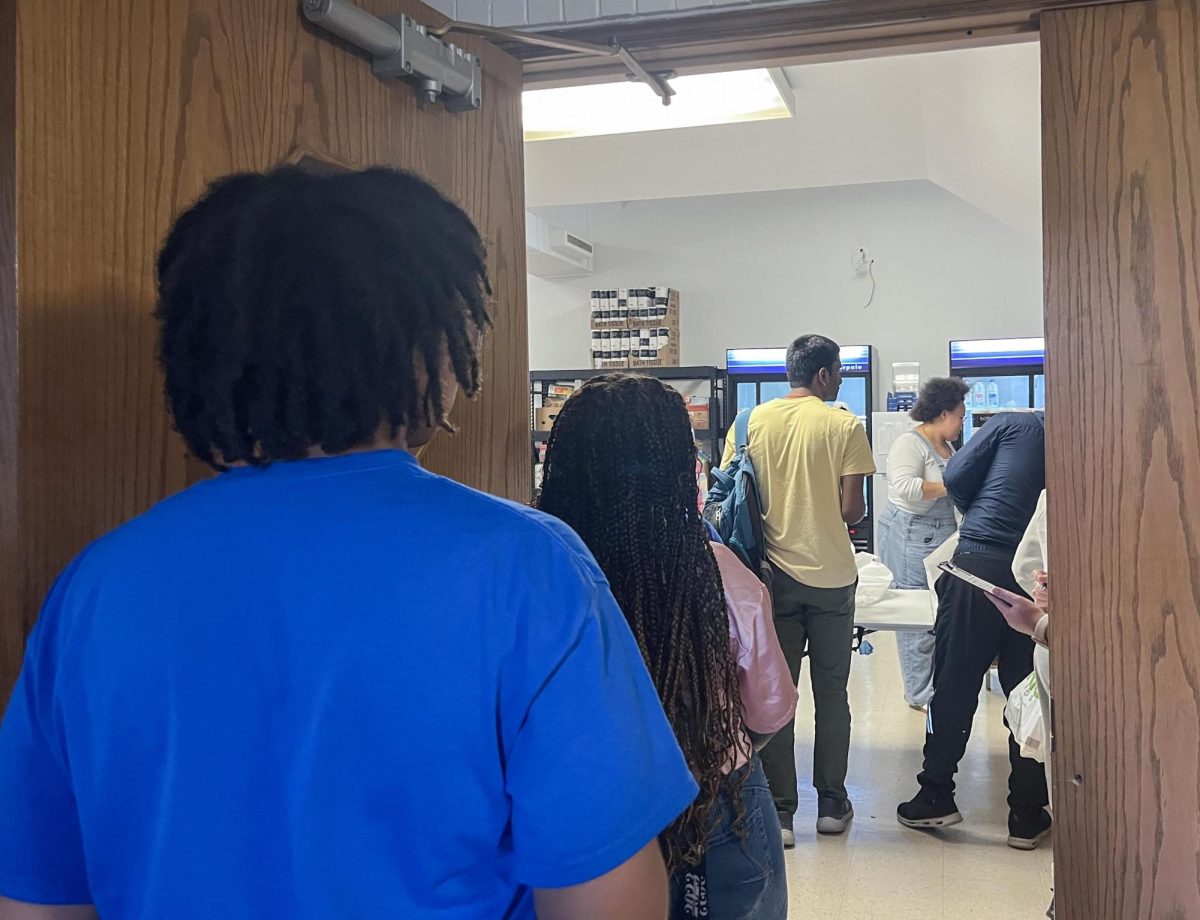
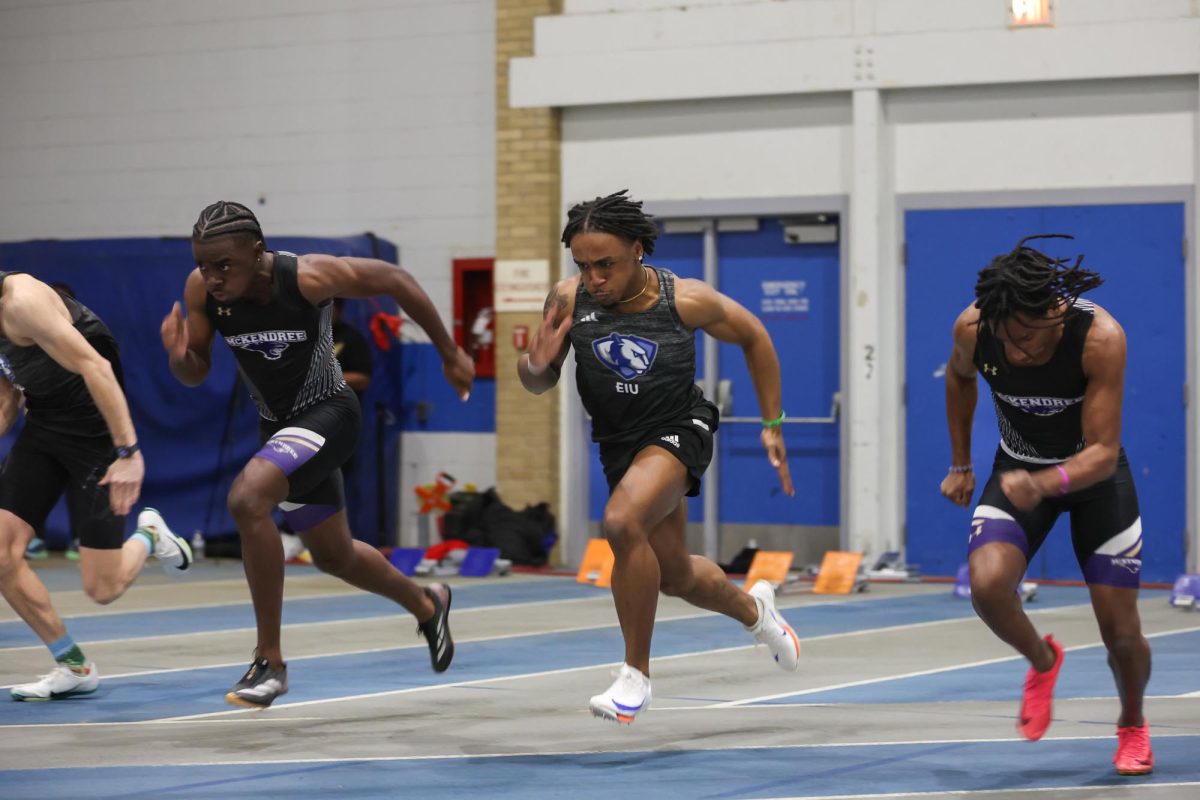
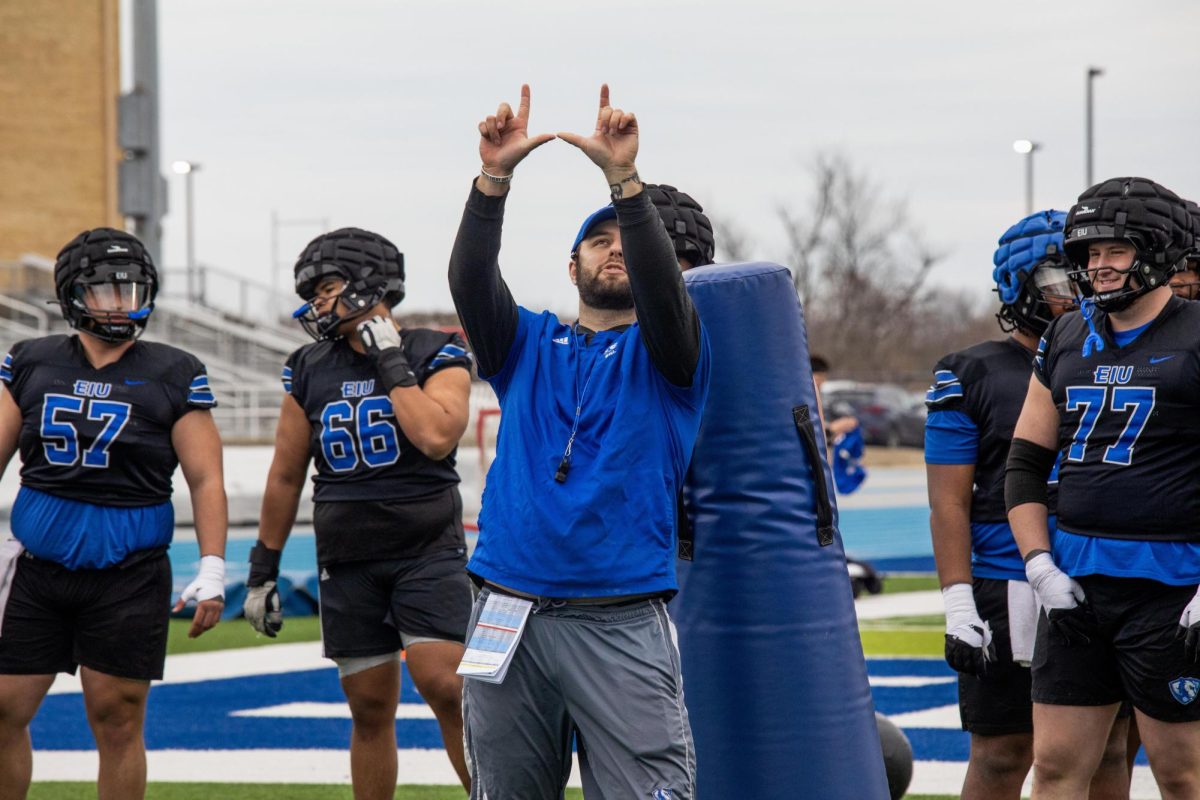

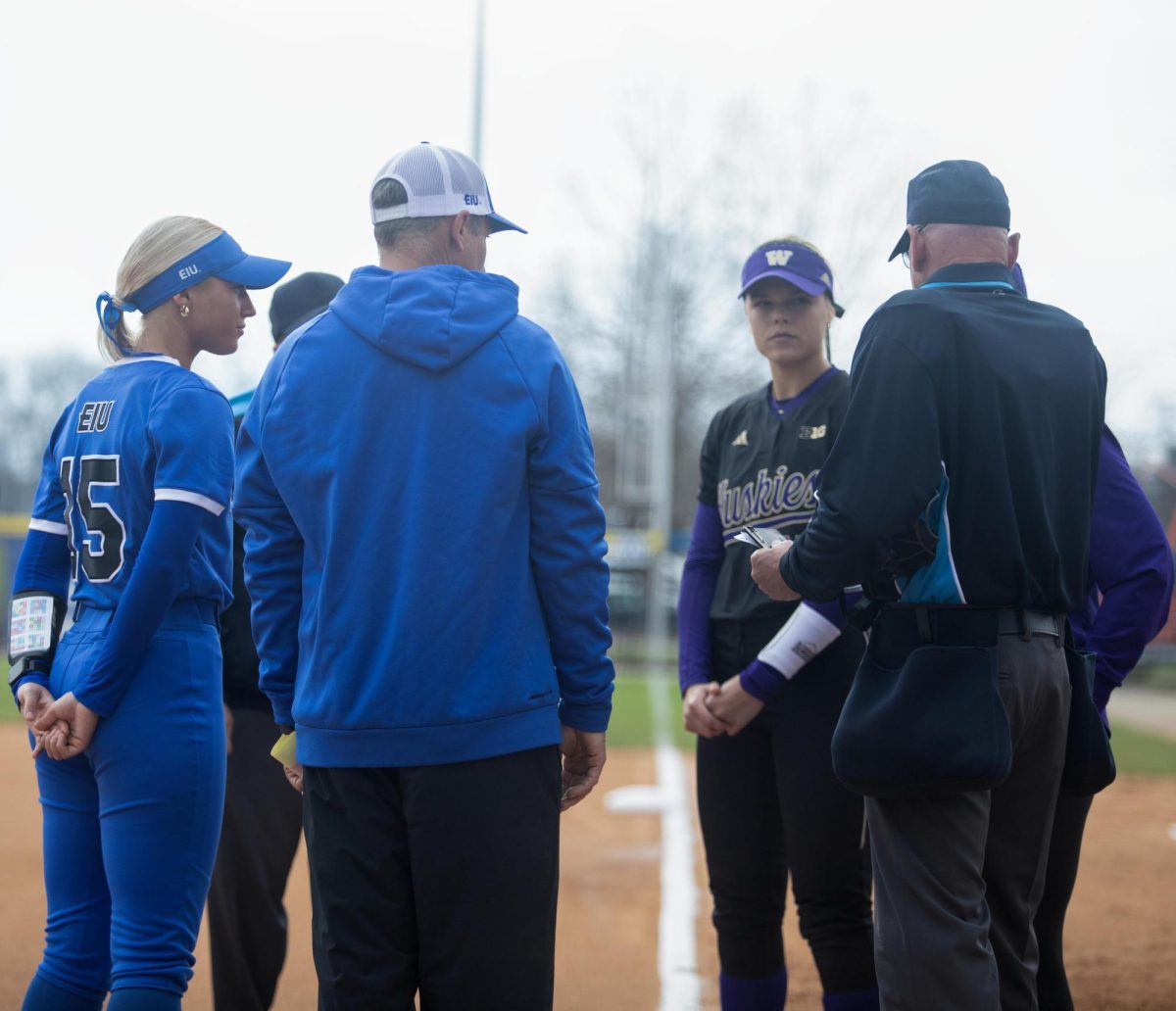
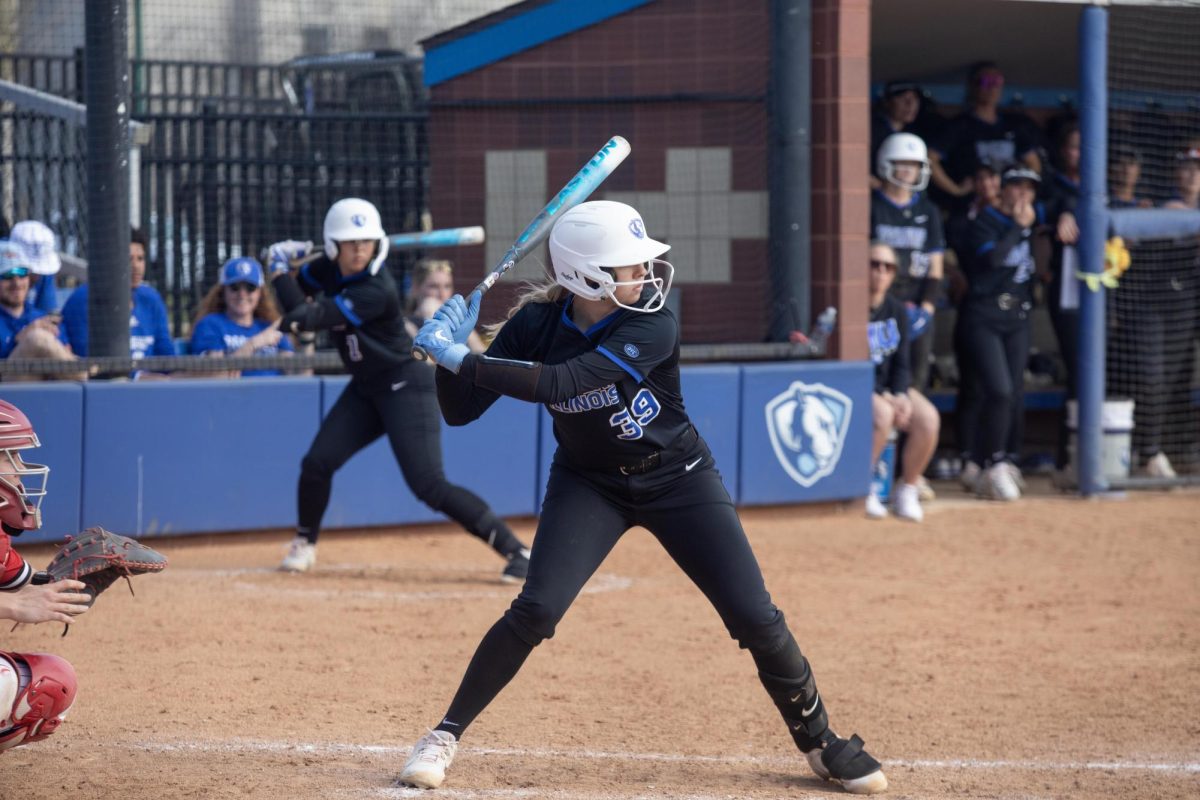
![[Thumbnail Edition] Junior right-handed Pitcher Lukas Touma catches at the game against Bradley University Tuesday](https://www.dailyeasternnews.com/wp-content/uploads/2025/03/MBSN_14_O-e1743293284377-1200x670.jpg)
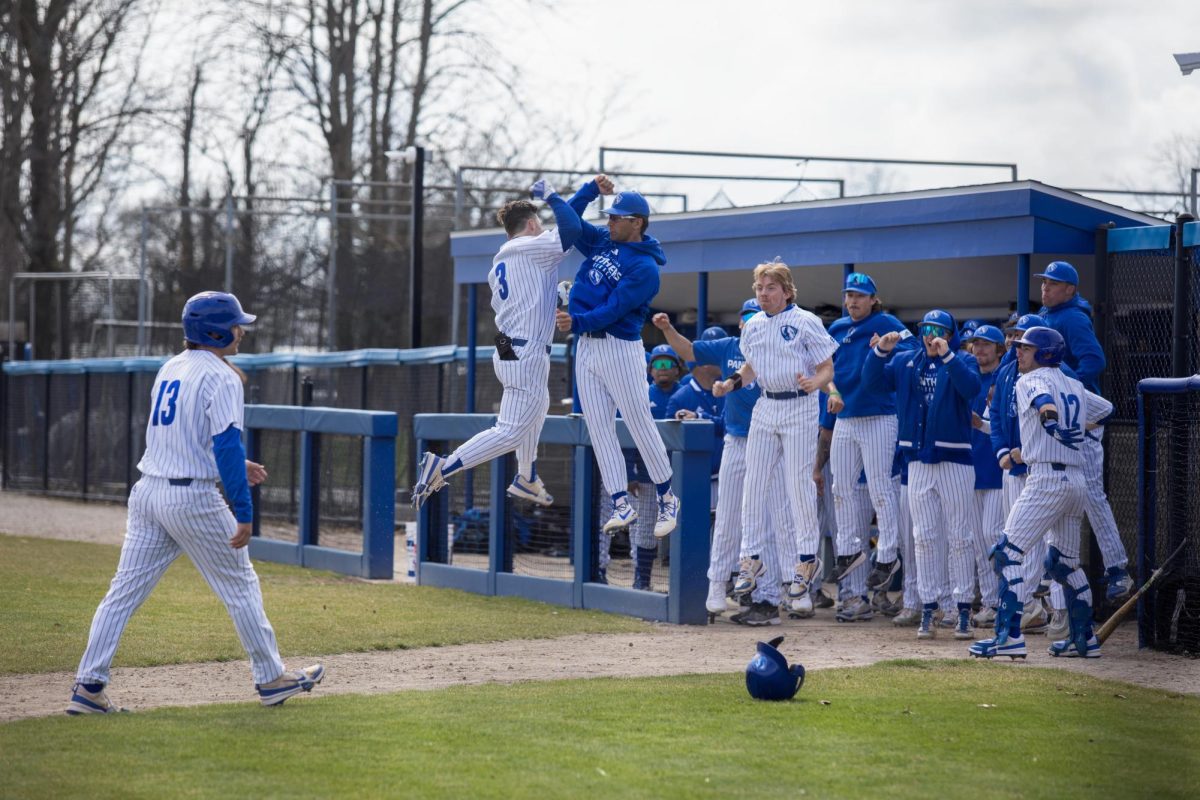
![[Thumbnail Edition] Eastern Illinois University baseball senior utility player Tyler Castro fields a ground ball during the team's first intrasquad scrimmage of the season on Jan. 31.](https://www.dailyeasternnews.com/wp-content/uploads/2025/03/BB_01_O-e1742874760130-1-e1742907504722-1200x911.jpg)
![[Thumbnail Edition] Senior Foward Macy McGlone, getsw the ball and gets the point during the first half of the game aginst Western Illinois University,, Eastern Illinois University Lost to Western Illinois University Thursday March 6 20205, 78-75 EIU lost making it the end of their season](https://www.dailyeasternnews.com/wp-content/uploads/2025/03/WBB_OVC_03_O-1-e1743361637111-1200x614.jpg)





















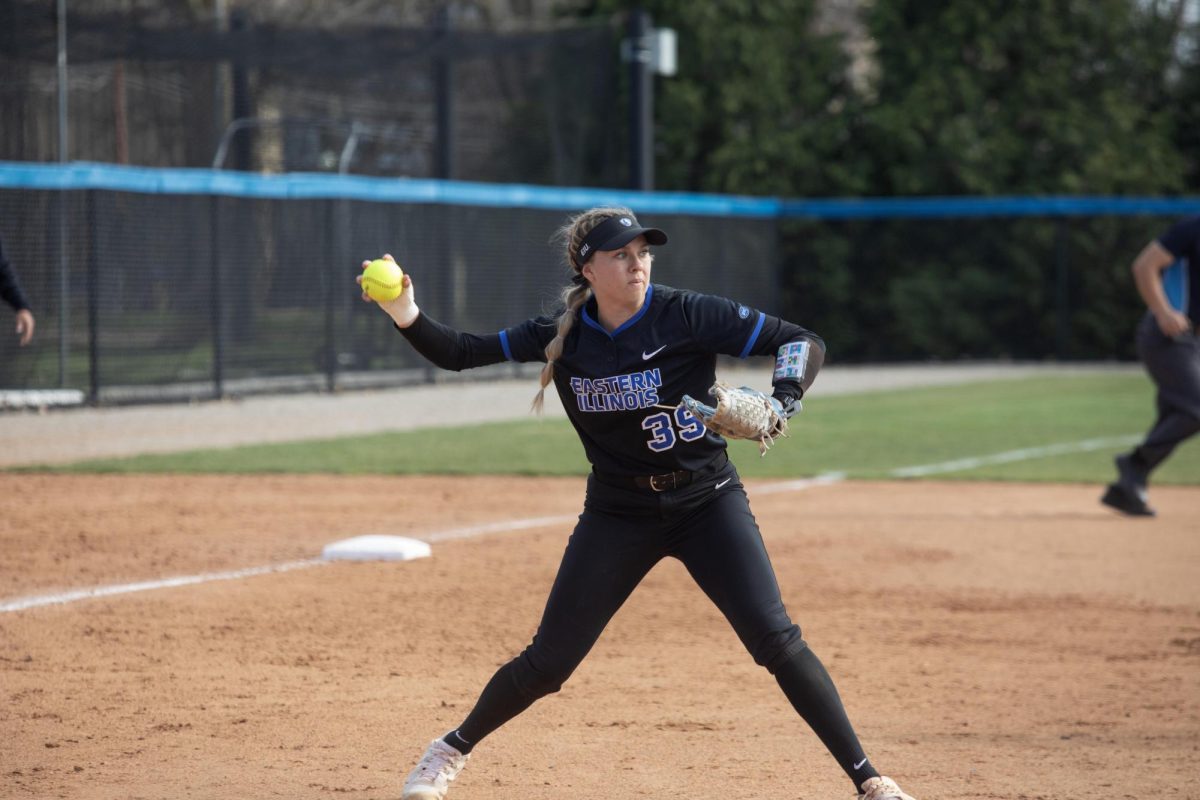
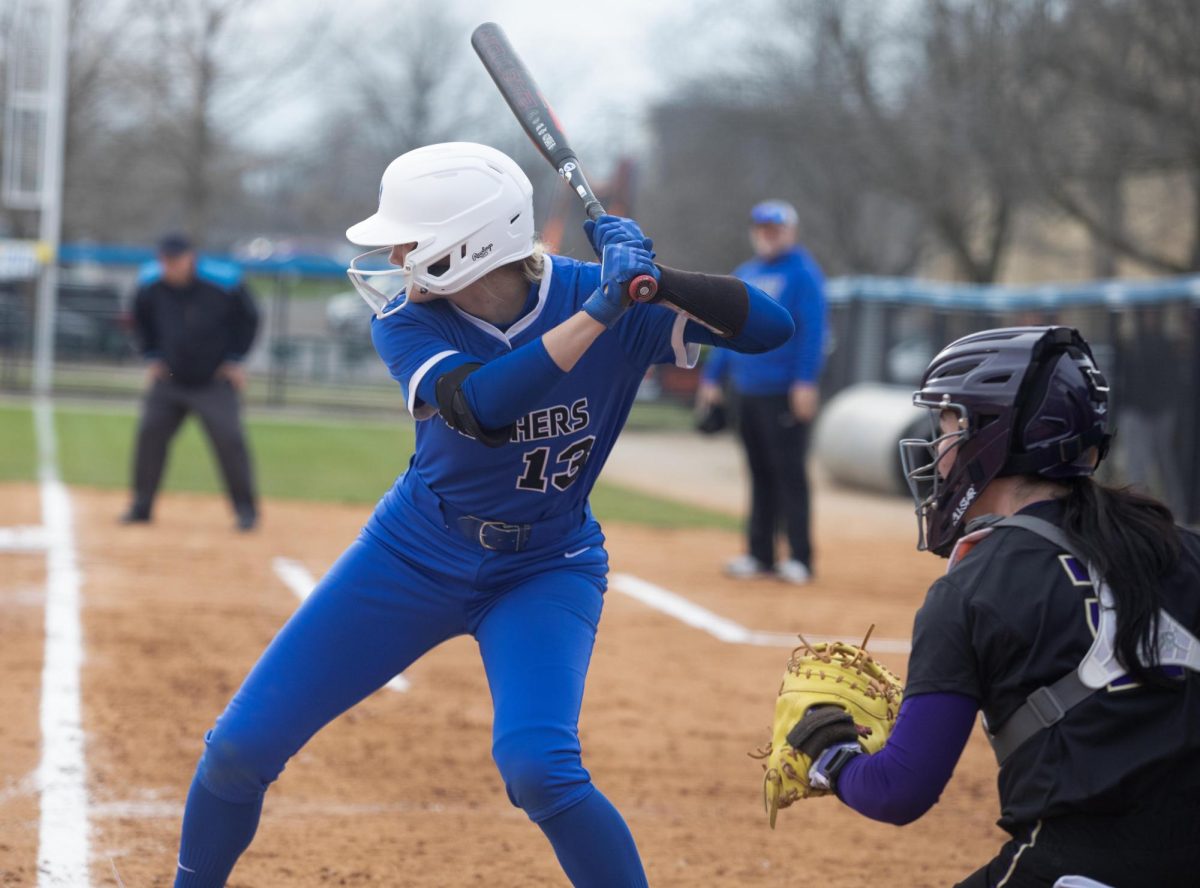














![The Weeklings lead guitarist John Merjave [Left] and guitarist Bob Burger [Right] perform "I Am the Walrus" at The Weeklings Beatles Bash concert in the Dvorak Concert Hall on Saturday.](https://www.dailyeasternnews.com/wp-content/uploads/2025/03/WL_01_O-1200x900.jpg)
![The team listens as its captain Patience Cox [Number 25] lectures to them about what's appropriate to talk about through practice during "The Wolves" on Thursday, March 6, in the Black Box Theatre in the Doudna Fine Arts Center in Charleston, Ill.](https://www.dailyeasternnews.com/wp-content/uploads/2025/03/WolvesPre-12-1200x800.jpg)


